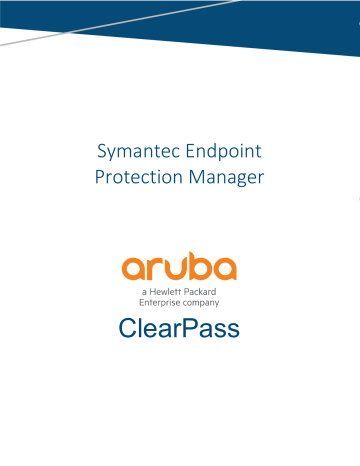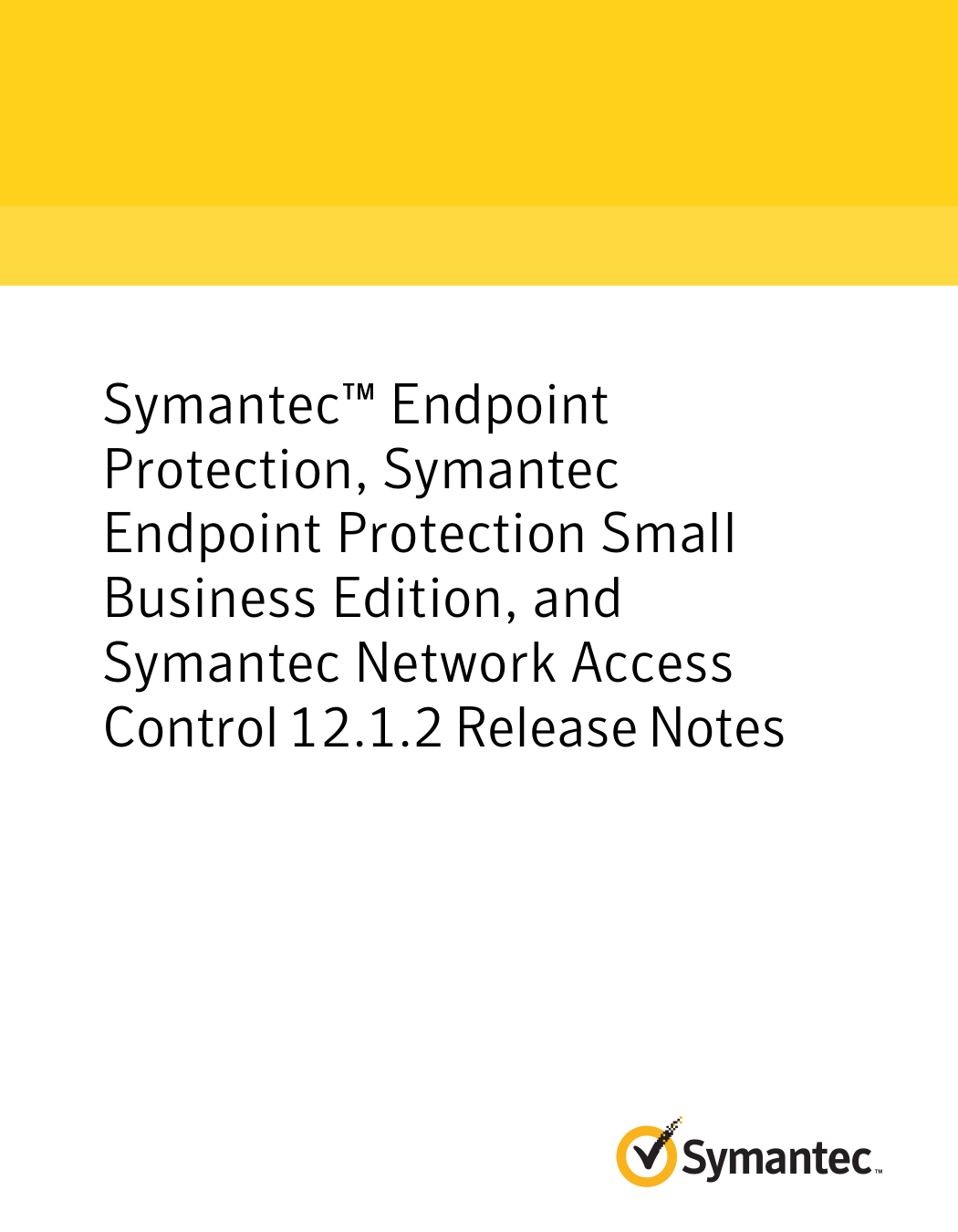
- #Symantec endpoint protection 14 logs location how to#
- #Symantec endpoint protection 14 logs location install#
- #Symantec endpoint protection 14 logs location update#
- #Symantec endpoint protection 14 logs location upgrade#
The following screenshot shows default configuration for management server list. But it does support redundancy for SEPM client to communicate with SEPM servers. Since I am not use normal ms sql database, my environment doesn’t support failover and load balancing. Both installed SEPM with embedded MSSQL (MSSQL Express).īoth sites configured as bidirectional replication site for each other. One is acting as main, and second is at DR site.
#Symantec endpoint protection 14 logs location how to#
Here is the step how to add those exceptions in: Recently received a report, SEP might interfere with Docker containers on Windows Server 2016 based on kb Endpoint Protection interfering with Docker containers on Windows Server 2016 To complete disable service even after rebooted, the only way is to remove the SEP program. Once system rebooted, SEP service will start it again. They have to have SEP installed already.įrom Command line: Instead of “smc -stop” and “smc -start”, use the commands “ start smc -stop ” and “ start smc -start “. Here is another way you can change your SEP client’s feature set.
#Symantec endpoint protection 14 logs location upgrade#
If Upgrade Schedule is not selected, then clients will receive the instructions to change their installation when they check in with the manager.Below that, select the feature set needed from the drop down menu.Uncheck Maintain existing client features when updating.Both packages can be separately assigned to the same group.
#Symantec endpoint protection 14 logs location install#
In that screen, select the correct package in the drop-down menu for use with this group (32 bit or 64 bit base install files).Under Tasks, choose Add Client Install Package.Select the group with the SEP clients in it, and then click the Install Packages tab in the right pane.Select the features needed: Antivirus/Antispyware, Network Threat Protection, Proactive Threat Protection.If a feature set that meets the required needs does not exist, then choose Add Client Install Feature Set.Click Client Install Feature Set on the top.Click Yes.For managed clients, the installation features can be modified for an entire group through the Symantec Enpoint Protection Manager (SEPM) (enterprise edition only). The User Account Control prompt will appear asking you if you want to make changes to this computer.Click on the gold shield in the system tray (next to your clock at the bottom right of your screen).Click on the LiveUpdate Now button at the bottom of the screen.Open Symantec EndPoint Protection from the gold shield next to your clock at the top right of your screen.
#Symantec endpoint protection 14 logs location update#
You may also choose to disable LiveUpdate or change its update schedule.

Based on your security settings, you can run LiveUpdate manually by going into the Symantec client and clicking on the LiveUpdate link in the sidebar. By default, LiveUpdate runs automatically at scheduled intervals. Protection updates are the files that keep your Symantec Endpoint product up-to-date with the latest threat protection technology. LiveUpdate locates and obtains files from a website, installs them, and then deletes the remaining files from your computer.


Symantec releases program updates on an as-needed basis. Program updates are usually created to extend the operating system or hardware compatibility, adjust a performance issue, or fix program errors. It obtains Symantec program and protection updates for your computer through your Internet connection.

Symantec LiveUpdate keeps your Symantec Endpoint Protection virus definitions up-to-date.


 0 kommentar(er)
0 kommentar(er)
